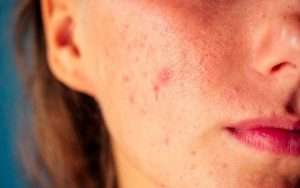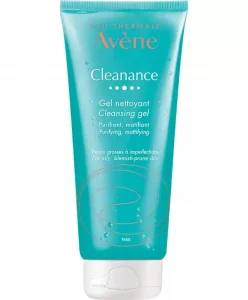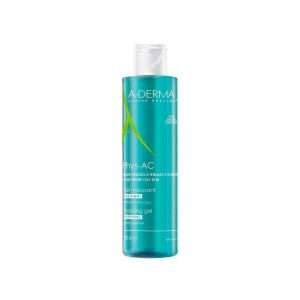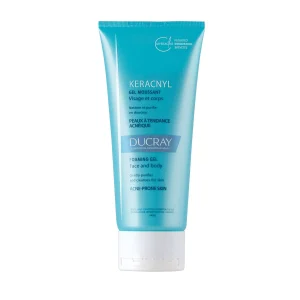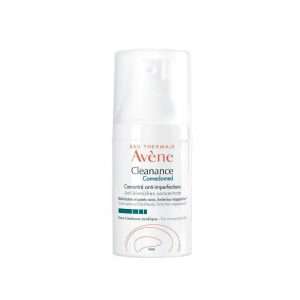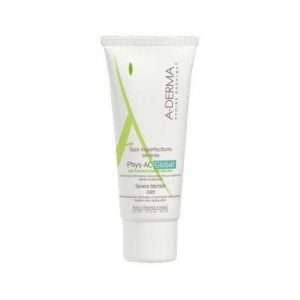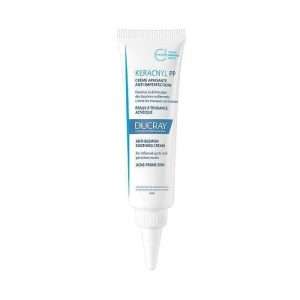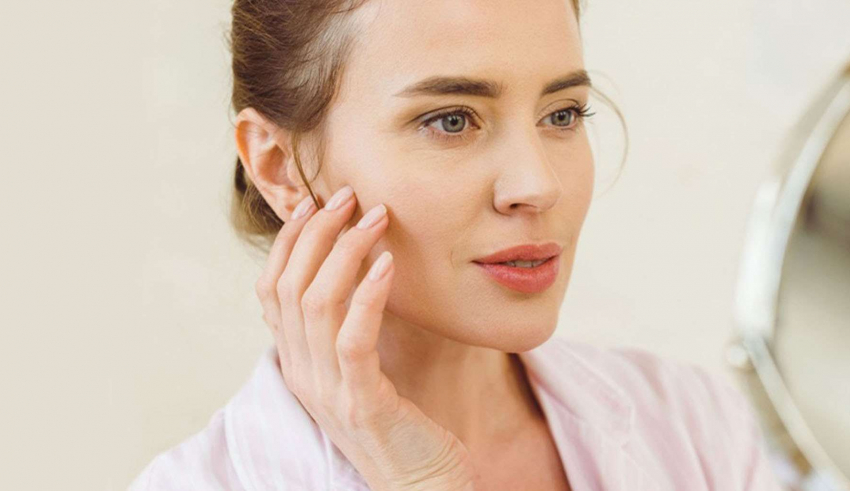
Acne comes in many different forms on your skin. If some pimples are large and filled with pus, others look like small red bumps and are called papules. In this article from The Dermo Lab and in collaboration with the dermatologist and cosmetologist Dr. Rania Al Mahrous, we’ll take an in-depth look at acne papules, from their formation to their treatment.
What are acne papules?
Acne is a very common skin condition that affects many people, regardless of age, gender or region. According to Dr. Rania Al Mahrous, acne is an inflammation of the hair follicle and the sebaceous gland. It can appear as a red papule, pimple or inflamed cyst.
Papules are reddish lesions that appear on the surface of your skin. They are usually small in size and not filled with pus. If they accumulate pus, they turn into a pustule.
Dr. Rania Al Mahrous explains that a papule is formed by a combination of 5 factors:
an increase in sebum production, a rise in Propioni acnes bacteria, an increase in inflammatory factors, a blockage of the follicular pathway and an abnormal keratinization of the pathway.
What causes acne papules?
Acne papules are caused by pores clogged with dirt, oil and bacteria. Factors that can trigger these breakouts include:
- Diet
Studies suggest that a diet high in carbohydrates may contribute to acne symptoms. However, other research indicates that the relationship between diet and acne breakouts is still unclear.
- Stress
Stress can be a major factor in acne. Therefore, relaxation therapies that reduce stress levels may improve acne symptoms.
- Hormonal changes
Dr. Rania Al Mahrous indicates that increased hormone levels can lead to excessive sebum production in your skin, which is one of the main factors in acne papules.
- Genetics
Genes are a major factor in determining your skin type and problems. If your family members have acne-prone skin, it is likely that you have it too.
- Skin conditions
Papules can be seen in almost any disease or skin condition that causes small bumps to form on the skin. Some examples are:
- Contact dermatitis: It occurs when certain materials come in contact with the skin and cause an irritation or allergic reaction. This can lead to the appearance of small papules in the affected area.
- Eczema: a dry skin condition in which your skin reacts to almost anything it touches.
- Seborrheic keratosis: a type of skin growth that is not harmful to your skin and can cause small bumps in the affected area.
- Actinic keratosis: a condition that results in scaly patches on the skin, commonly known as sun spots or age spots. It can cause small papules on the skin.
- Cherry angioma: a condition in which red moles caused by clusters of small blood vessels develop.
- Keratosis pilaris: a condition in which patches of rough bumps, sometimes called “chicken skin,” appear.
- Molluscum contagiosum: a skin infection caused by a weakened immune system.
How to treat acne papules?
There are many different types of acne out there. Understanding your specific type of acne will help you choose the right treatment.
Even though acne papules do not cause scarring and resolve on their own over time, many people may find them visibly bothersome.
To reduce their appearance and speed up healing time, there are a variety of options for treating papules.
1- Wash your face with a mild cleanser twice a day.
Getting rid of papules and all forms of acne starts with a daily skin care regimen. If you suffer from acne, choosing the right cleanser can help rid your skin of the bacteria that get into clogged hair follicles and cause breakouts. Deep cleansing also removes dead skin cells from the surface of your skin, making it easier for the skin to absorb your acne treatment. It is advisable to use lukewarm water to wash your face.
We’ve rounded up the best cleansers on the market, and you’ll want to get your hands on them fast.
Cleanance Cleansing Gel from Eau Thermale Avène
Phys-AC Foaming Gel from A-Derma
Keracnyl Foaming Gel from Ducray
2- Apply an acne spot treatment
Many people can benefit from a consistent, daily acne treatment to help get rid of papules and prevent future breakouts. Spot treatments are used to deliver acne-fighting ingredients directly to the blemish. They can help reduce redness, swelling, and pain. Spot treatments can also help release or dissolve the blockage in the pore that created the blemish in the first place.
Below are 3 products that quickly tackle breakouts without stripping your skin in the process.
Eau Thermale Avène Cleanance Comedomed: It moisturizes, matifies and helps reduce the appearance of imperfections and limit their reappearance with proven efficacy from 7 days only.
A-Derma Phys-AC Global: This treatment eliminates excess sebum, limits the adhesion of bacteria, exfoliates and eliminates pore deposits.
Ducray Keracnyl PP Anti-Blemish Soothing Cream: This cream reduces inflamed spots and limits residual marks with an efficacy starting from 7 days.
3- Follow a healthy diet.
Eat a diet rich in healthy fruits and vegetables, whole grains and lean meat. Omega-3 fatty acids are excellent for maintaining healthy skin.
4- Stay hydrated.
Drink at least 2 liters of water a day to detoxify your body.
5- Use non-comedogenic products.
Always use non-comedogenic products because they do not clog pores and help protect the skin and keep it healthy.
Acne papules vs. acne nodules
Acne papules are not the only red, inflamed bumps you may find on your skin. If your papule is large and looks particularly swollen and painful, it may not be a papule. It could be an acne nodule.
Nodules are similar to papules: they both form because of a blockage in the hair follicle. But nodules grow deeper into the skin and are a more serious form of blemish than a papule.
Acne nodules also take much longer to heal than papules. Larger papules heal in just a few weeks, while nodules can sometimes take months to heal and usually leave a scar.
Takeaway
A papule looks like a small raised bump on the skin. It develops from excess sebum and skin cells that clog a pore. It is a sign of inflammatory acne. Papules do not have visible pus. Usually, the papule fills with pus within a few days and when pus is visible on the surface of the skin, it is called a pustule.
While it may be tempting to scratch the papules, Dr. Rania Al Mahrous notes that this should be avoided to prevent abrasions, scarring and pigmentation afterwards.
A good skin care routine can treat papules. But if the above treatment plan does not work after a few weeks, consult your dermatologist. Dr. Rania Al Mahrous points out that you may be given topical or oral antibiotics, anti-keratosis or Isotretinoin in severe cases.
